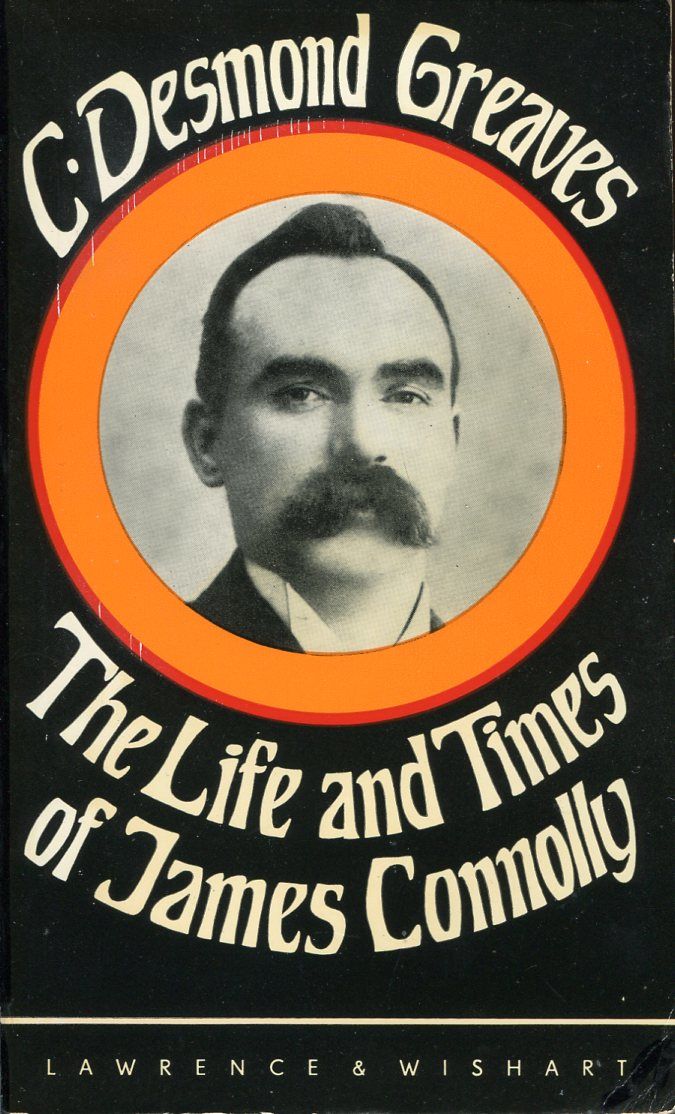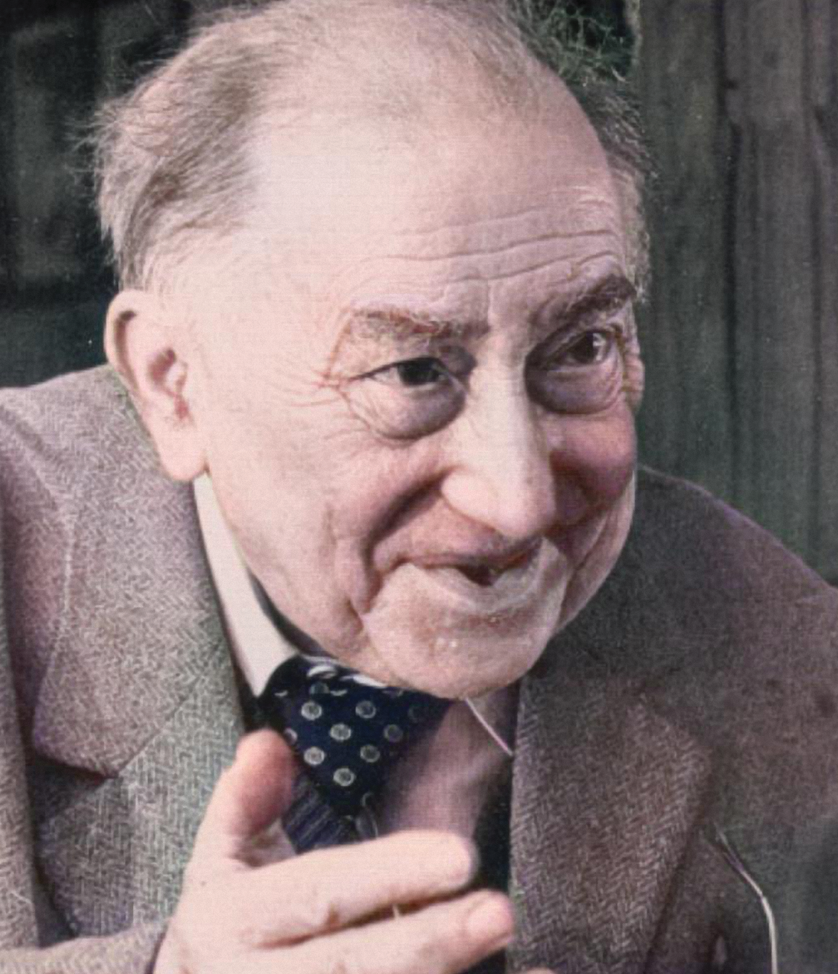By Conor McCabe

In 1973 the eminent Irish labour historian John W. Boyle wrote a review of the republished edition of The life and times of James Connolly by C. Desmond Greaves. Although largely positive in his comments, he nonetheless had some concerns about its sources and scholarly fidelity. The lack of detailed references meant that it was ‘impossible to identify the authorities on which a number of doubtful or incorrect statements are made’. This diminished their value, said Boyle, as ‘we are uncertain to whom they should be attributed’.
Forty-one years later, with the online release of Greaves’s journals and letters, we can now see that Boyle’s unease was well founded. The picture that emerges of Greaves’s methodology is one that prioritised speculative conjecture over established fact. The errors that it released have been compounded over time by sheer weight of repetition. Nowhere is this seen more clearly than in Greaves’s confident assertion that Connolly served in the British Army.
The story, as told by Greaves, is well known. Connolly joined the King’s Liverpool Regiment in 1882 and was stationed in Cork, where he stood guard on the night of the execution of Myles Joyce. His battalion then moved to the Curragh in 1884. The following year it was sent to Dublin and by 1886 he was stationed in Beggar’s Bush. He met Lillie, his future wife, around this time at a tram stop in Merrion Square, and in February 1889, with only a few months left to serve, he decided to go AWOL and return to Scotland, as his father had fallen ill. He initially moved to Dundee to ‘lie low’ until he found civilian clothes, and in 1890 he returned to Edinburgh to marry Lillie. Almost every biography of Connolly since 1961 has reproduced this tale. The problem is that there is no evidence to support it, with certain elements invented by Greaves himself.
Greaves checked the army archives in the Public Record Office, but nothing came back. The absence of any official documentation meant that he had to rely on oral sources for the tale: contemporaries of Connolly in Edinburgh, and in Liverpool Jack Mullery, a former member of the Irish Socialist Republican Party (ISRP). Mullery was a mystery, as there was no known associate of Connolly with that name, while the Edinburgh sources were anonymous. That changed in 2022 with the online publication of Greaves’s journals from 1956 and 1957, which gave details of whom he met as well as extracts from contemporaneous letters first published online in January 2025.
The Edinburgh sources were John Conlin (spelt Conlon by Greaves) and Charles James Geddes. Conlin said that he was friends with John Connolly, the brother of James, and that John told him that Connolly served in the King’s Liverpool Regiment. It was this third-hand hearsay that sent Greaves down the army path. Geddes thought that Conlin was slightly mistaken and that it was probably the Queen’s Liverpool Regiment, as it must have been during the 1890s. Both Geddes and Conlin said that Connolly attended a Das Kapital reading group that took place in Edinburgh around 1887 or 1888. This would, of course, rule out any army service for those years and so Greaves ditched the reading group story, even though he believed that there was corroboratory evidence to support it. Geddes even wrote to Greaves before the book was published to say that it is ‘unfortunate you haven’t got proof of Connolly’s army service’, casting significant doubt on Conlin’s veracity and usability in the process. Greaves was not altogether blind to this, writing in a private letter that Conlin’s statements were indeed simply verbal and uncorroborated.
It was around this time that Greaves was introduced to Jack Mullery, a name unknown to James Connolly. The reason was simple: Jack Mullery was born John Mulray. He changed his name after he moved back to Liverpool (his place of birth) sometime in the 1910s or early 1920s. He first appears as Mullery on his marriage certificate in 1925, although Greaves knew him as Mulray and corresponded with him as such. Greaves met him in 1957, and he is the source for two army stories relating to Connolly: the execution of Myles Joyce and his first meeting with Lillie Reynolds.
Mulray said that Connolly was on guard duty outside Myles Joyce’s cell on Spike Island, Cork. It appears that he believed that this took place in 1885. Joyce was executed in Galway in 1882, however, and it is fantastical, to say the least, that the actual army private minding the cell door was none other than Connolly. None of the details recounted by Mulray matched the known events, but instead of dismissing it as the faulty memories of a man in his late 70s Greaves changed Mulray’s memories to suit his story. Spike Island became Haulbowline, 1885 became 1882, and Connolly was simply reflecting on Joyce’s execution instead of actually guarding the cell. Amazingly, Greaves admits in Life and times that he changed Mulray/Mullery’s memories on the basis that the man had confused himself.

The second story relates to the time Connolly first met Lillie Reynolds, which is recounted without attribution in Life and times. Mulray said that Connolly was running for a tram near Merrion Square but missed it. He got chatting with Lillie at the stop and romance soon blossomed.
Greaves once again changed details in Life and times, where he had Connolly strolling from Beggar’s Bush to Merrion Square in order to catch a tram to Kingstown, even though Mulray made no mention of Beggar’s Bush. This falsification, seemingly small, is nonetheless significant. Greaves had Connolly coming from Beggar’s Bush because the King’s Liverpool Regiment was stationed there in the mid-1880s. Greaves invented this detail in order to link Connolly to the regiment.
Apart from changing recollections to suit his theory, Greaves also created false memories, albeit inadvertently. Marie Johnson, wife of Tom Johnson, the former Labour leader, told Ina Connolly in 1956 that Connolly was in the army and that she had heard this from Connolly herself. In fact, Greaves told her the story. She was not aware of it beforehand but had incorporated it into her own memory, possibly as a way to exaggerate her closeness to Connolly, with whom she worked for a time in Belfast. Either way, Greaves’s conjecture had become a firmly held memory of Marie Johnson, much to the embarrassment of Greaves, who wrote about the episode in his journal.
The same process played out with Ina Connolly, who was surprised to learn from Greaves that her father was in the army. She said that her mother had never said anything about it. Over the years, however, Ina incorporated the story into her memory. In 1966 she sat down with RTÉ and talked of her recollections of her father. She recounted the Greaves army story as if it was her own, and in the process gave it an authority which it never had previously. Similarly, when Nora Connolly told Uinseann Mac Eoin in 1980 that her father was in the army she was recounting Greaves’s story, not her own. Nora never heard anything about it until Greaves began to spread the tale in the 1950s. The fact that memory is subject to change and adaptation by internal and external pressures is precisely the reason why historians insist on some form of corroborating evidence for memory, be it written or otherwise.
The issue with Greaves’s army story, however, is much greater than an over-eager reliance on oral testimony. He deliberately changed that testimony when it suited, invented new details entirely and stymied verification via checkable citations. His motivation for doing so is unknown, but it is also largely irrelevant, a speculative parlour-game. What matters is the evidence, and the evidence points to the construction by Greaves of a fictionalised narrative presented as authoritative fact. Whatever the reason or motivation, it worked. Almost every biographer since has followed Greaves’s lead. Decades of repetition, in the manner of Liberty Valance, has managed to turn legend into fact. The damage, at this stage, is probably irreversible.
We can but hope, though. In the course of my research into Connolly’s lost and early writings I discovered that he had a sister. Her name was Mary. She was born on 15 July 1864 and died of rubeola (measles) and bronchitis on 26 May 1865. Lillie Connolly told William O’Brien about the sister, but she is not named in any of the various biographies. It is but one example of the actual evidence that is out there, beneath the myths and legends, for those inclined to look for it.
Conor McCabe is the editor of The lost and early writings of James Connolly, 1889–1898 (Iskra Books, 2024), reviewed on p. 65.
